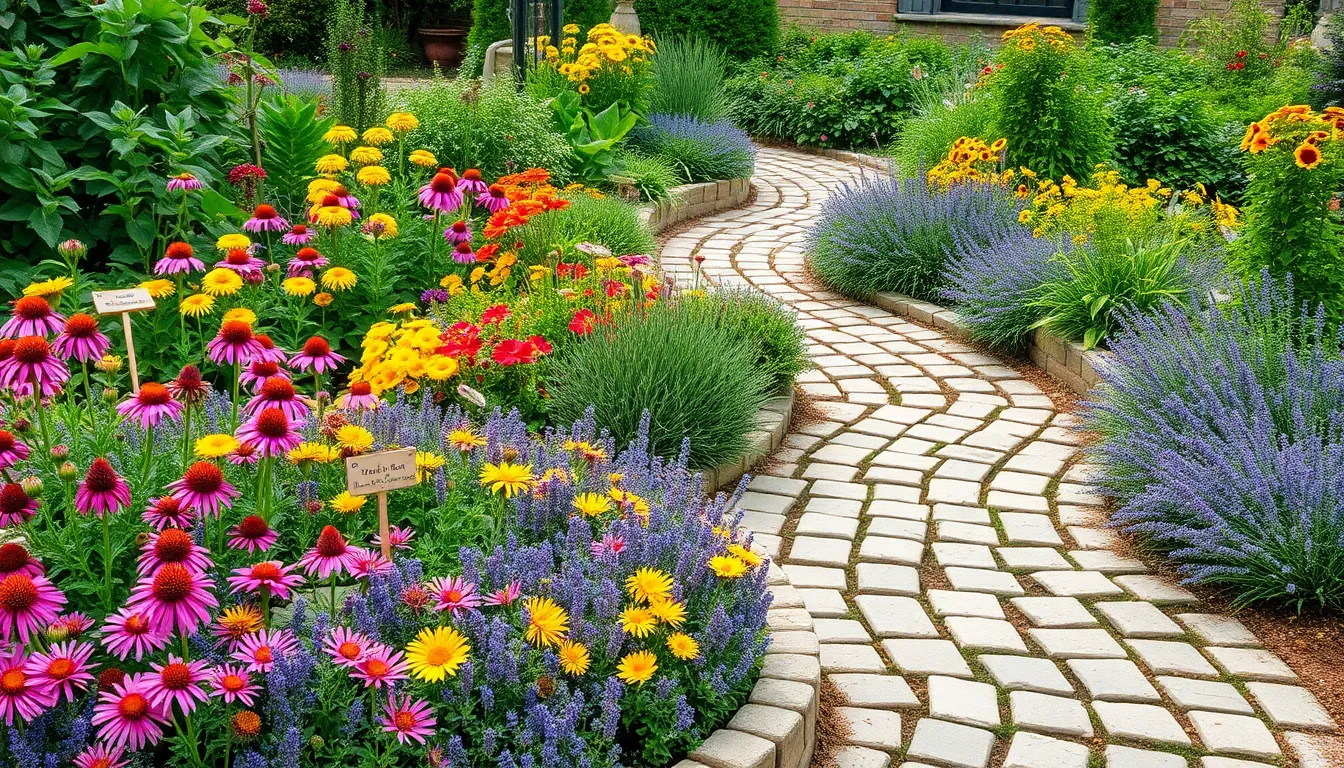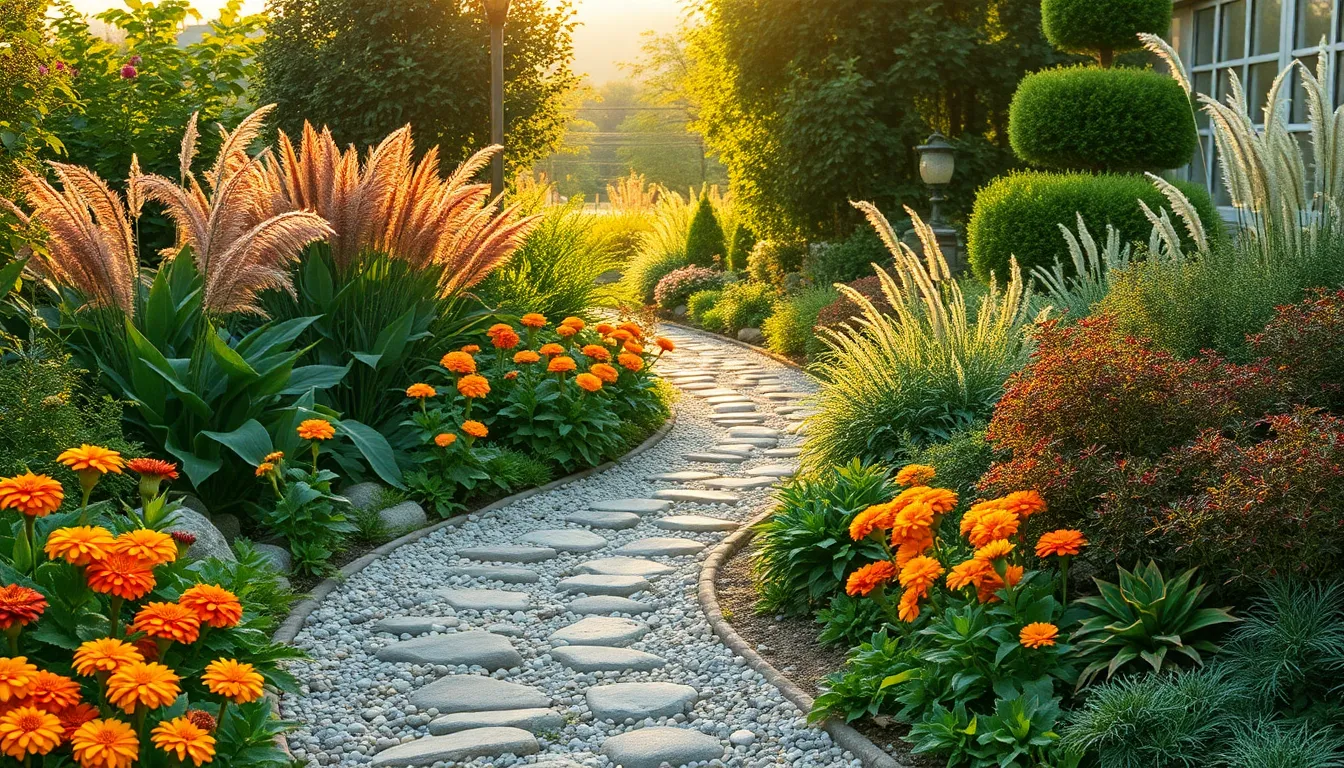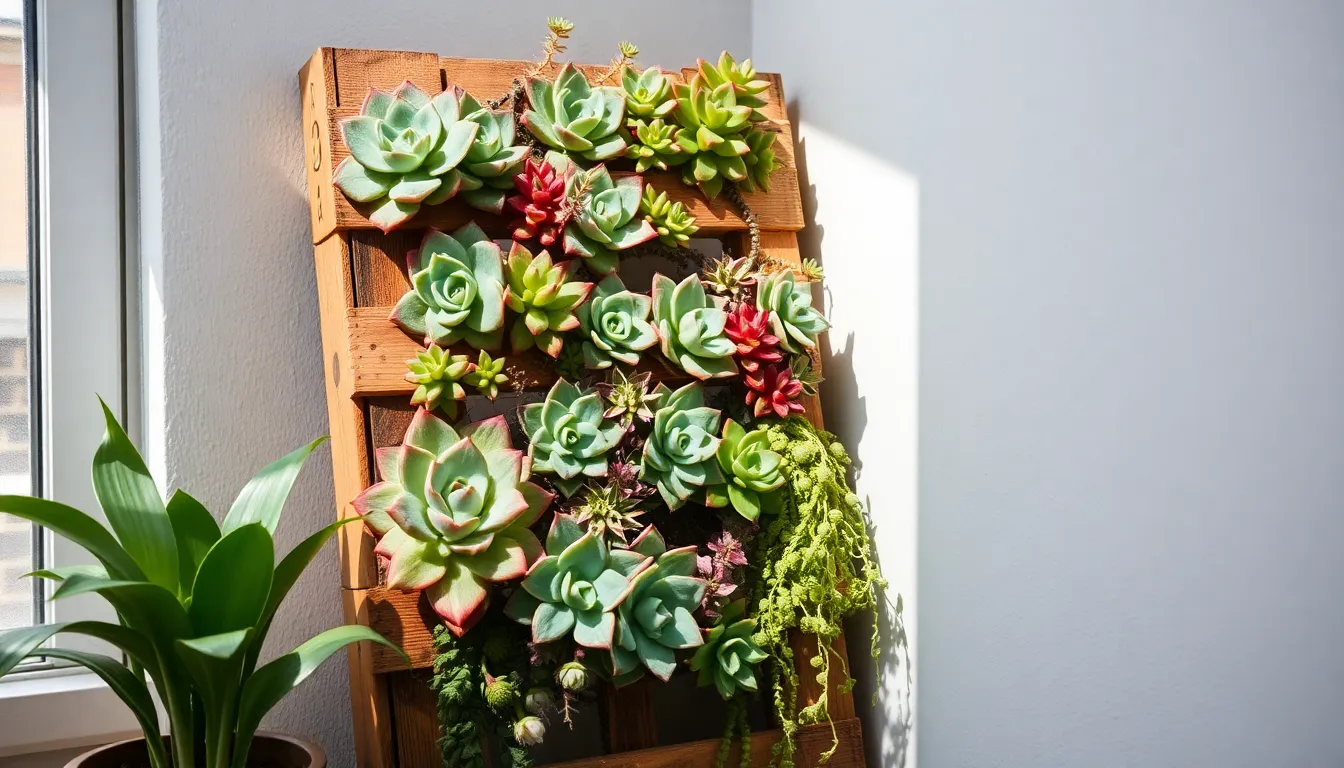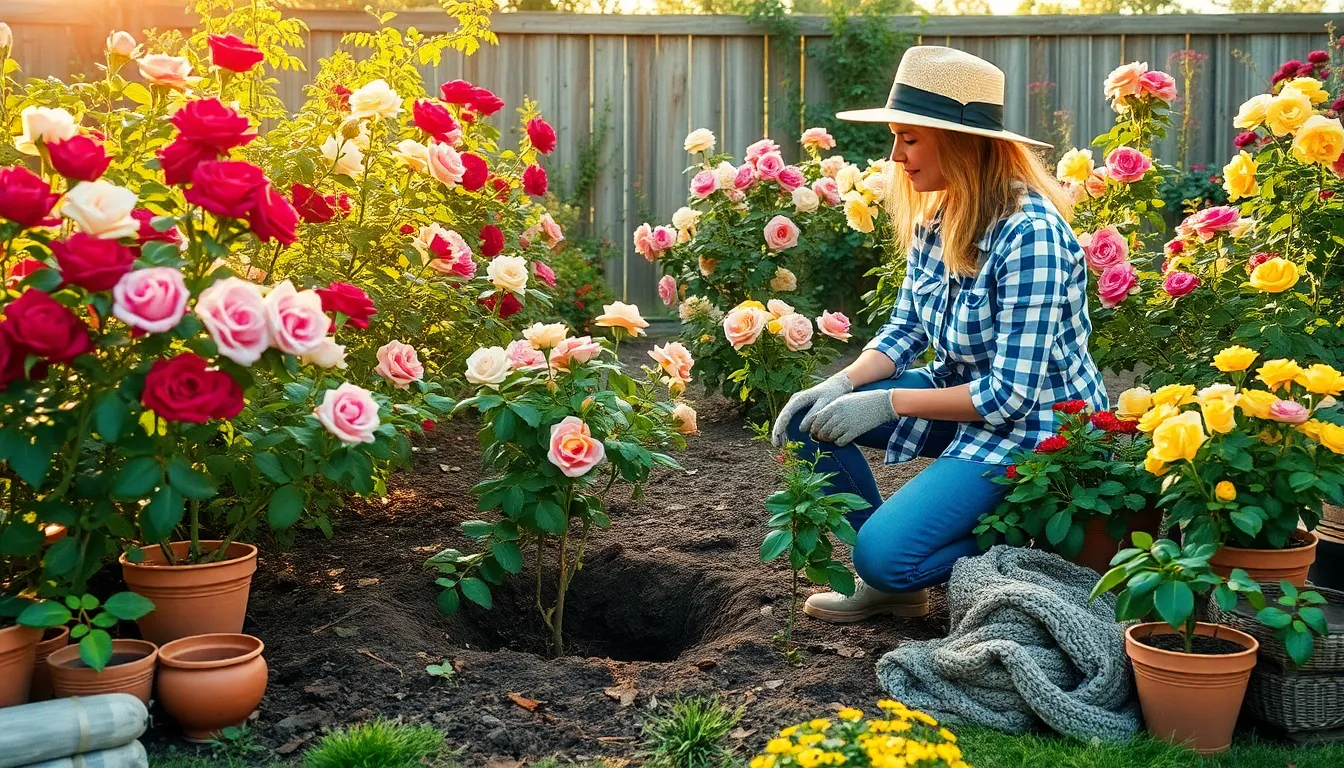Imagine stepping into your backyard and being greeted by a vibrant tapestry of colors and textures, a living masterpiece crafted by your very own hands. Whether you’re a budding gardener eager to plant your first seeds or a seasoned horticulturist looking to reimagine your green space, “Beautiful Flower Garden Layout Ideas” is your key to transforming any patch of earth into a blooming paradise.
In this guide, we delve into a curated collection of garden designs that cater to all levels of expertise, ensuring your success in creating captivating and harmonious spaces. With layouts that promise to inspire, you’ll discover practical tips and insights to help your garden flourish, offering not only aesthetic beauty but also a sanctuary for relaxation and joy.
By embracing the creative possibilities within these pages, you’ll unlock the secrets to designing a garden that reflects your personality and vision. Get ready to cultivate confidence and creativity, as you embark on a rewarding journey that will leave both your garden and spirit in full bloom.
Choose Complementary Flower Colors
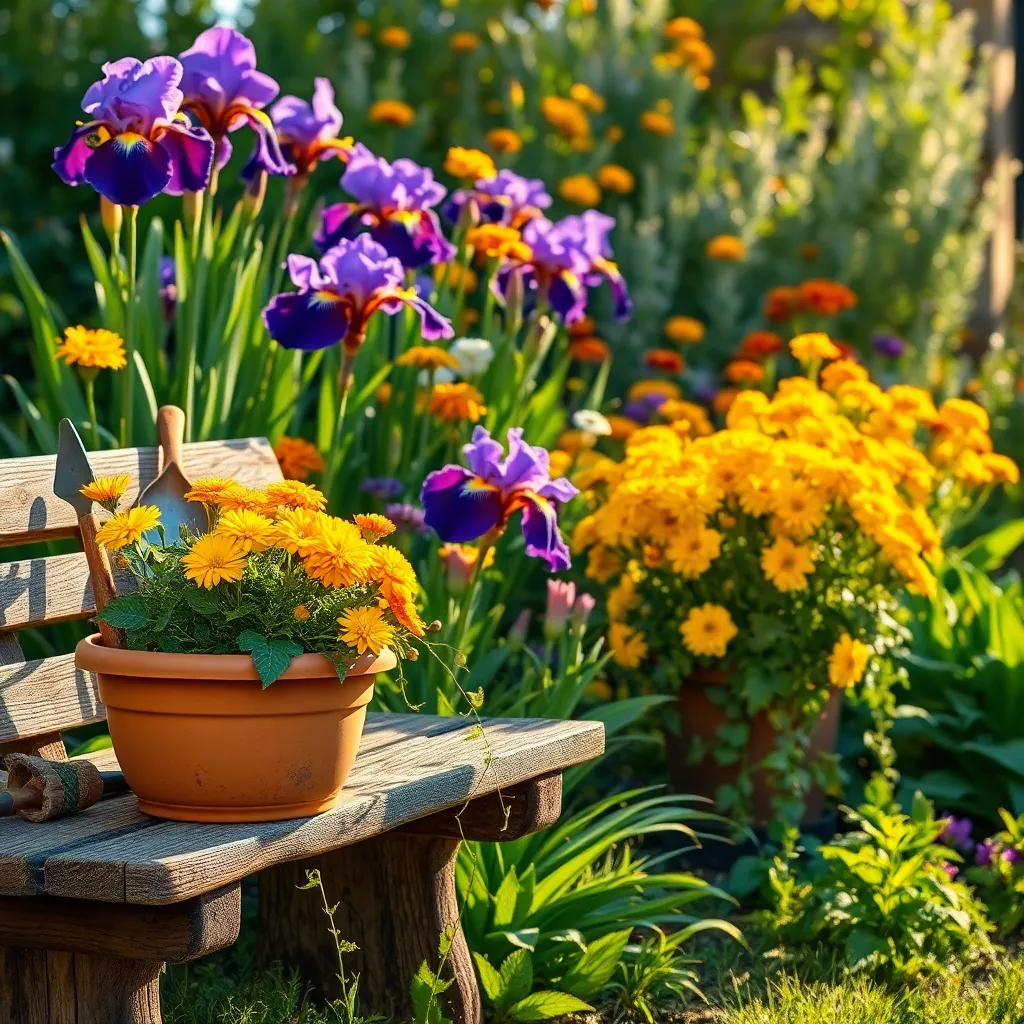
To create a visually appealing flower garden, consider choosing complementary flower colors that enhance each other. Complementary colors are opposite each other on the color wheel, such as purple and yellow or red and green, providing a vibrant contrast.
Begin by identifying the dominant color in your garden, then select a complementary color to highlight it. For instance, if you have a lot of blue flowers, adding orange blooms will create a striking effect.
For beginners, a simple way to start is by using colorful annuals such as marigolds and petunias. These plants are not only easy to grow but also offer a broad spectrum of colors that can be strategically placed for maximum visual impact.
Advanced gardeners might experiment with layering colors and textures for a more sophisticated design. Consider planting perennials like echinacea and rudbeckia, which not only provide a beautiful color contrast but also attract pollinators and thrive in well-drained soil.
Ensure your soil is nutrient-rich to support vibrant blooms by adding organic matter like compost. Regular watering is crucial, but be mindful of each plant’s specific needs—some may thrive with weekly deep watering, while others prefer moist conditions.
Incorporate Varied Plant Heights
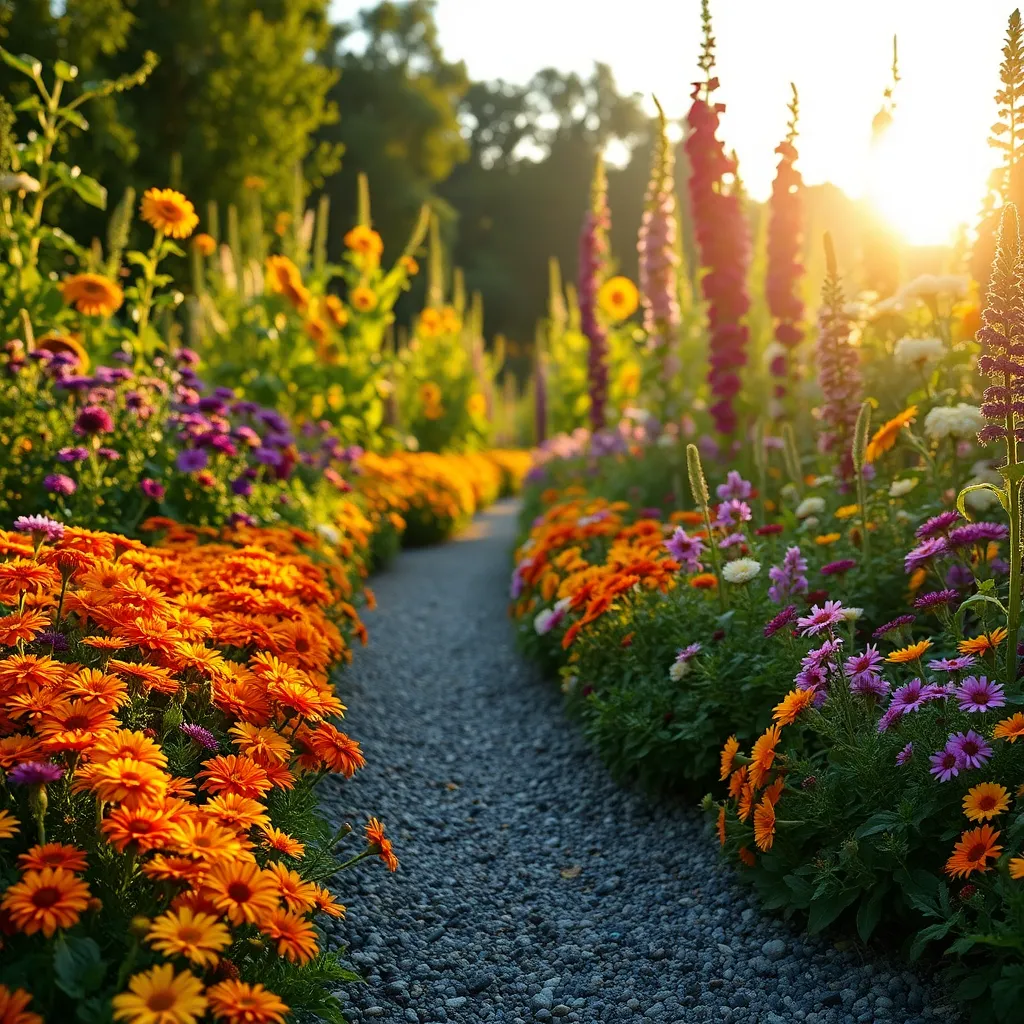
To create a visually appealing flower garden, vary the heights of your plants to add depth and dimension. Layer taller plants at the back or center of your beds, with medium and shorter plants in front, ensuring all can be appreciated from a distance.
Consider using tall perennials like delphiniums or sunflowers, which can thrive in well-drained soil with full sun exposure. Medium-sized plants such as lavender or coneflowers provide a lovely transition, needing regular watering but with good drought resistance once established.
For the front of your garden, choose low-growing plants such as alyssum or creeping thyme, which prefer slightly sandy soil and moderate watering. These ground cover options not only fill in gaps but also help suppress weeds, reducing garden maintenance.
Advanced gardeners can experiment with layering techniques, such as creating a tiered garden bed to accommodate different root depths and moisture needs. Ensure that taller plants do not overshadow the shorter ones by planting at an angle where sunlight can reach all levels adequately.
Create Curved Garden Pathways
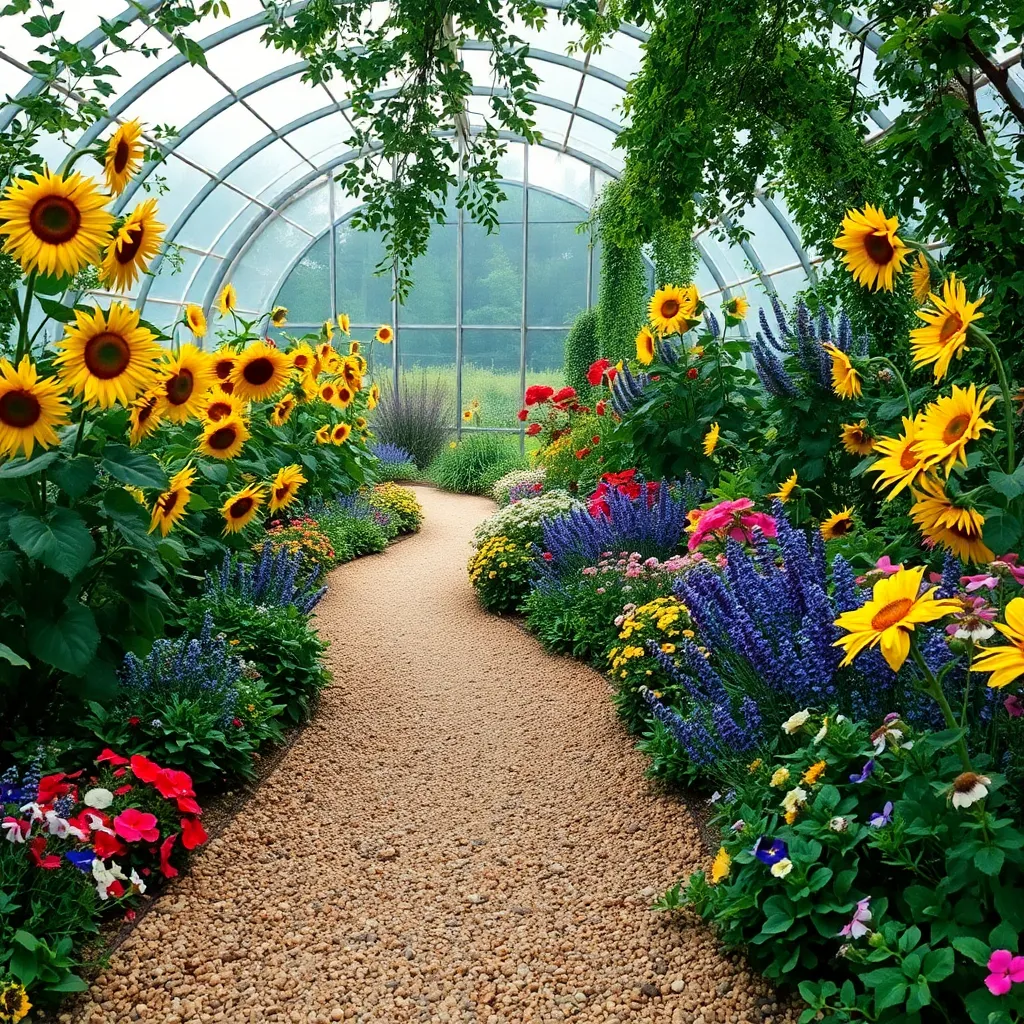
Curved garden pathways can add a sense of mystery and whimsy to your flower garden layout. By gently guiding the eye and feet through your garden space, these paths encourage exploration and create distinct areas for different plantings.
When designing curved pathways, consider using durable materials like stone, brick, or gravel, which blend beautifully with natural surroundings. Ensure the path width allows for comfortable walking and occasional maintenance tasks, typically around 3 feet for a single lane.
Plant low-growing flowers or ground covers along the edges of your pathways to soften their appearance and integrate them seamlessly into the landscape. Choose plants like creeping thyme or sweet alyssum, which not only add color and texture but also release pleasant scents when walked on or brushed against.
For a more advanced touch, incorporate mixed plantings along the curves to create a flowing tapestry of textures and colors. Interplant perennials and annuals to maintain year-round interest and consider the use of mulch to retain moisture and suppress weeds along your path edges.
Use Repetition for Cohesion
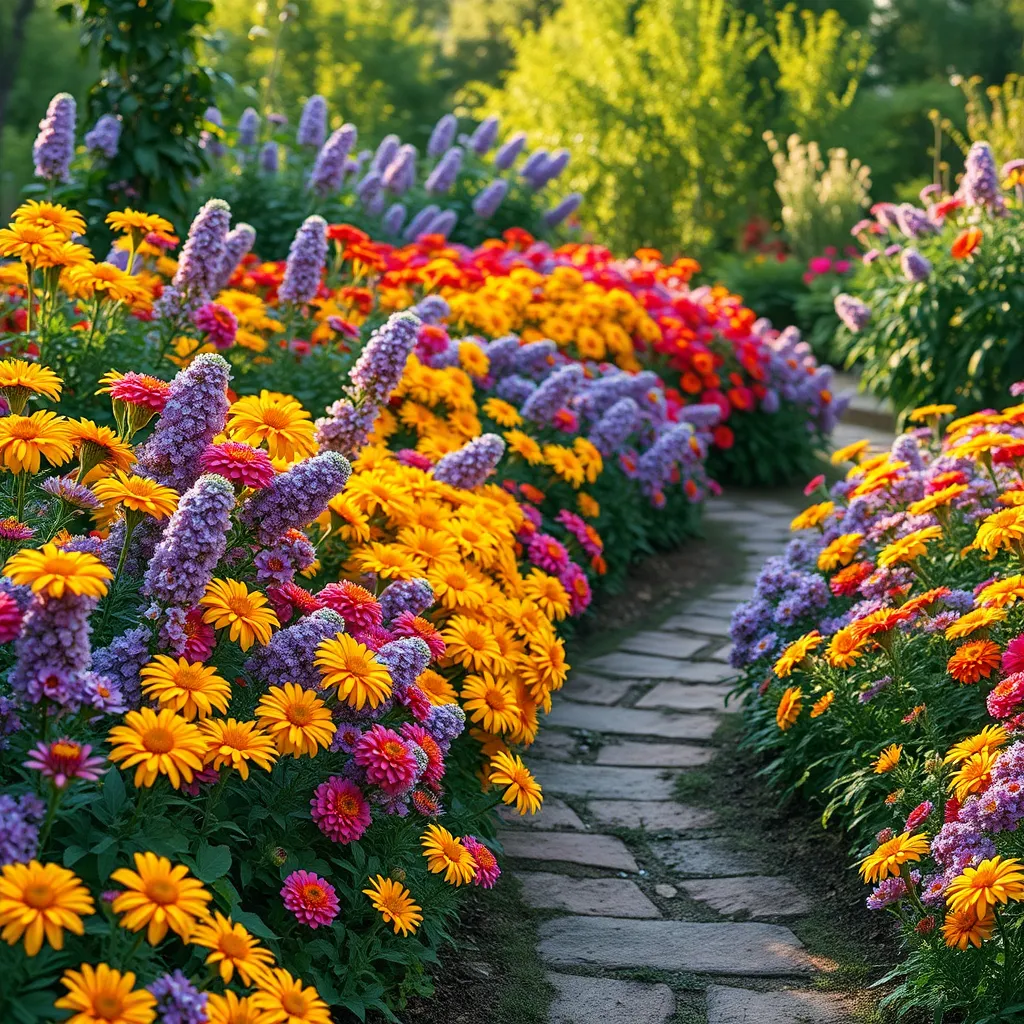
Using repetition in your garden design can bring a sense of cohesion and harmony to your outdoor space. By repeating certain plants or colors, you create a visual rhythm that can make your garden more pleasing to the eye.
For beginners, start by selecting a few easy-to-grow plants such as lavender or marigolds, and repeat them throughout your garden beds. These plants thrive in well-drained soil and full sun, making them perfect for many garden situations.
If you’re more experienced, consider using repetition with more challenging plants like roses or hydrangeas. Ensure these plants have the specific conditions they need: roses prefer slightly acidic soil and at least six hours of sunlight, while hydrangeas thrive in rich, well-draining soil and partial shade.
Another strategy is to repeat certain elements, like a specific type of decorative pot or garden ornament, to tie different areas of your garden together. This not only adds visual interest but also helps to unify the different sections of your garden, making it feel like a cohesive whole.
Plan Seasonal Bloom Successions
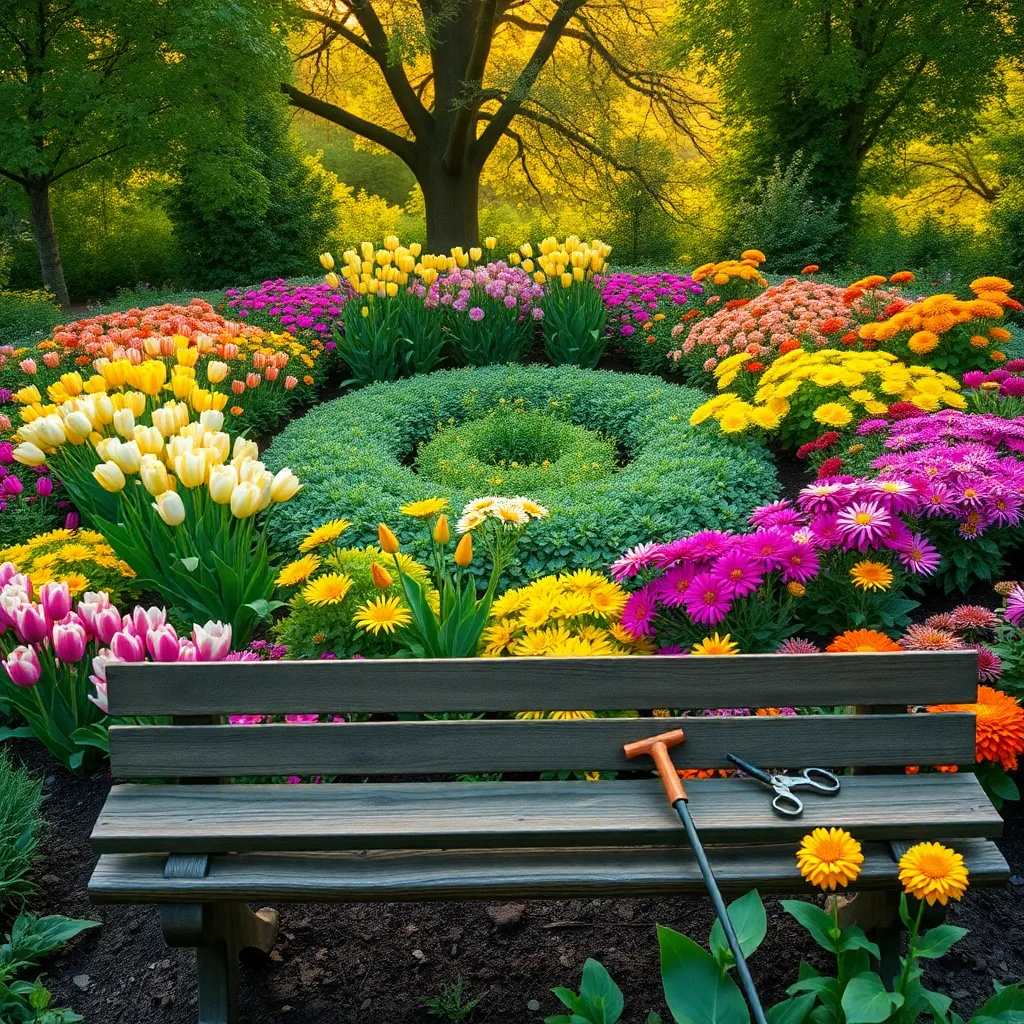
Planning seasonal bloom successions ensures your garden is vibrant throughout the year. Begin by selecting a variety of plants that bloom at different times, such as tulips for spring, daylilies for summer, and asters for fall.
Understanding the growing conditions each plant requires is essential for success. Most flowering plants thrive in well-draining soil with plenty of sunlight, but always check specific needs like shade tolerance or water requirements for each species.
Consider layering plants by height and bloom time to create a dynamic display. Place taller plants like hollyhocks or delphiniums at the back and shorter varieties such as pansies or alyssum at the front.
For advanced gardeners, experimenting with successional planting techniques can enhance visual interest. Stagger planting times or use companion planting strategies to ensure continuous blooms, such as interplanting zinnias with cosmos for a prolonged summer display.
Conclusion: Growing Success with These Plants
In this exploration of ‘Beautiful Flower Garden Layout Ideas,’ we delved into five key relationship concepts: the importance of nurturing growth, the beauty of diversity, the necessity of regular maintenance, the value of patience, and the joy of shared beauty. Each concept reminds us that like a garden, relationships thrive with care, variety, attention, time, and shared experiences. As your immediate next step, consider spending just ten minutes today to reflect on one area in your relationship that could benefit from a little extra care or creativity. Whether it’s planning a surprise date or simply listening more intently, small actions can cultivate immense growth.
To continue blossoming in your relationship journey, be sure to save or bookmark this article. It’s a resource worth revisiting whenever you need a little guidance or inspiration. Remember, successful relationships, much like flourishing gardens, are not built overnight. They require ongoing effort and a genuine desire to grow together. By taking these insights to heart, you’re already planting seeds for a more fulfilling connection. Keep nurturing, keep growing, and watch how your relationship blooms beautifully over time.

